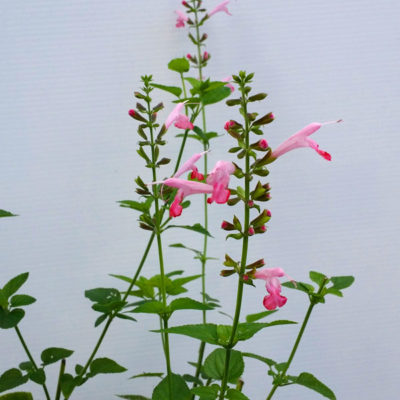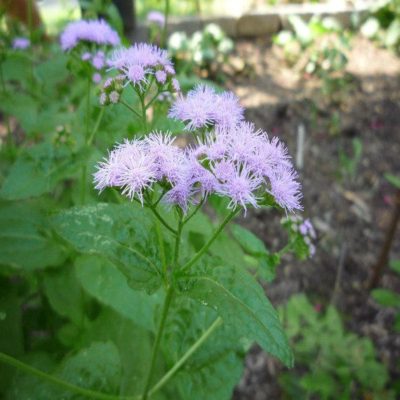Description
Lindera benzoin
Also known as: Spice Bush
Native, rounded, deciduous, shrub or small tree, with upright multi-trunk branches, aromatic, bright green leaves turning yellow in autumn. Umbels of tiny, start shaped, greenish yellow flowers, are borne in mid spring, followed by red berries on female plants in the autumn. Seeds are eaten by 24 species of birds, including thrushes, great crested flycatcher, red eye vireo, and eastern kingbird: larval plant for the spicebush and tiger swallowtail butterflies.
Both sexes needs to be planted together in order to bear fruit. Fruiting may began during the third to sixth year of growth. Spicebush are best transplanted when young as they quickly establish a rather coarse, deep root system that resents disturbance. Grow in moist to dry’ish, acid, coarse, sandy, rich loam preferred, well drained soil. At this time we only have unsexed available in the Spice bush.
Yearly Foliage: Deciduous shrub Native Range: Eastern United States
Hardiness Zone: 4-9
Light: Full Sun with afternoon shade in the south to filter or partial shade. Tolerate: Deer, Drought, Heavy Shade, Clay Soil
Mature Growth: 3-10 feet high – 8-10 feet wide
Larval Host Plant for: Spicebush Swallowtail butterfly
Plant Size when available: 1 gallon, Bare Root Seedlings ONLY available while dormant during winter months.
Native Eastern North America, Naturalistic in the landscape
Spicebush Plants are sold as UN-SEXED ONLY because they do not bloom well in containers when they are young plants therefore it’s not possible to separate by sex. Our spice bushes average about 1½-2 years old plants. If you want both the male and female it’s best to order at least 2 or more of them and maybe you’ll get lucky and receive one of each.
NOTE: During the summer into the fall many of our HOST plants may have caterpillar eggs or caterpillars on them when they are ship. A added bonus for you and your garden!!














